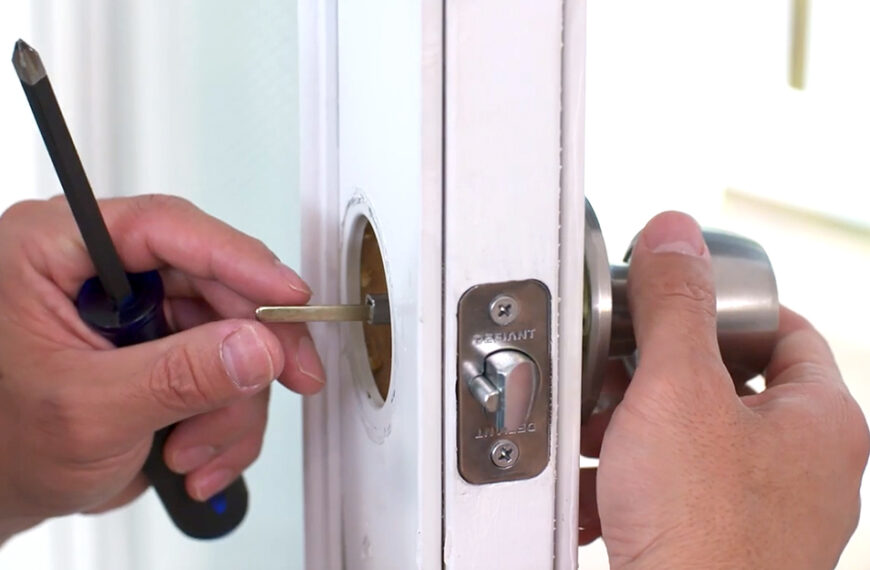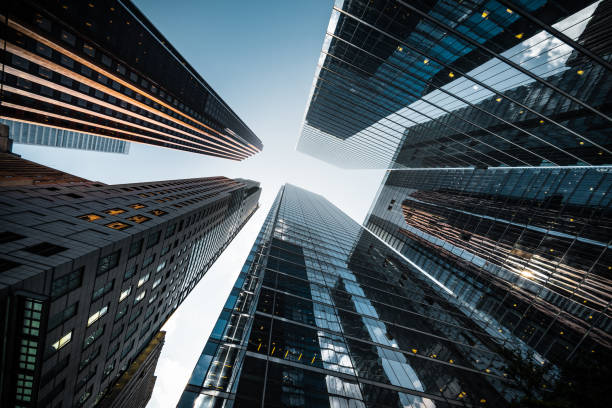In modern architecture, the flat roof has become a symbol of contemporary living. Once limited to commercial buildings and urban structures, this roofing style has found its place in residential design, particularly in minimalist and mid-century modern homes. With clean lines and a sleek appearance, flat roofs offer an attractive alternative to traditional pitched models. Yet, while they deliver unique advantages, they also come with a few critical considerations. Homeowners looking to explore this design trend should understand both sides of the equation to determine if it aligns with their lifestyle, location, and long-term property goals.
Advantages of a Flat Roof
The flat roof design brings a variety of practical and aesthetic benefits that can significantly enhance a home’s appeal. First and foremost, its minimal slope simplifies construction, often making it faster and more cost-effective to build than steeply pitched roofs. The simplicity of materials and reduced labor can help streamline a project’s timeline and budget, which is especially valuable in high-demand construction areas.
Moreover, flat roofs are ideal for creating usable outdoor space. In urban settings or smaller plots, they offer an excellent opportunity to add a rooftop garden, patio, or solar panel installation. This added square footage not only boosts functionality but also contributes to sustainable living practices. From a design perspective, flat roofs contribute to a modern, streamlined aesthetic, which many homeowners and architects find highly appealing.
Maximizing Interior Space and Energy Efficiency
Another significant advantage of the flat roof is its impact on interior layout and energy performance. Flat roof homes tend to have high ceilings or open-concept spaces that benefit from a more even distribution of air and light. Without sloped walls or ceilings, interior rooms feel more spacious and easier to furnish, which can be a key factor for growing families or those who prioritize modern layouts.
From an energy standpoint, the reduced air volume under a flat roof can help maintain a consistent temperature, which enhances HVAC efficiency. Additionally, installing insulation on top of the roof (a common practice with flat designs) minimizes thermal bridging and increases the building’s overall energy performance. This efficiency can translate to lower utility bills and a reduced carbon footprint—important considerations for environmentally conscious homeowners and anyone considering Blue Mountains exterior renovations for upgrading insulation and weather protection.
Maintenance Considerations and Drainage Challenges
Despite their many benefits, flat roof systems are not without drawbacks. One of the most common concerns is drainage. Because the roof is nearly level, water does not naturally flow off as it would with a pitched roof. This means a well-designed drainage system is critical to prevent standing water, which can lead to leaks, mold, or structural damage over time.
Maintenance for flat roofs is typically more frequent than for sloped roofs. Regular inspections are essential to ensure that seals are intact and that drains remain unclogged. In climates with heavy snowfall or rainfall, the potential for pooling increases, requiring proactive care. Flat roofs may also have a shorter lifespan than pitched alternatives, depending on the materials used and the quality of installation.
Climate and Weather Suitability
Where you live can significantly influence the success of a flat roof design. In arid or temperate regions, flat roofs perform well and require minimal upkeep. Their ability to reflect solar heat makes them particularly useful in hot climates, contributing to a cooler interior and reducing the need for air conditioning. This energy efficiency can be further enhanced by adding white or reflective membranes designed to repel heat.
However, in areas that experience frequent rain, hail, or snow, flat roofs can be more problematic. The lack of natural runoff means that heavy precipitation can accumulate, potentially leading to leaks or roof collapse if the structure isn’t properly reinforced. While these challenges can be mitigated with smart engineering and diligent maintenance, they represent a significant factor in the design decision, particularly for homeowners in unpredictable weather zones.
Design Flexibility and Modern Aesthetics
Aesthetically, the flat roof allows for considerable design flexibility. Its clean lines complement modern architectural trends, making it a favorite for designers aiming for a minimalist or industrial look. The roofline can also be hidden behind parapets or extended walls, creating a smooth silhouette that blends seamlessly with contemporary exteriors.
The flexibility extends to how the roof is used. Homeowners can incorporate rooftop amenities such as lounges, pergolas, or even green roofs that support vegetation. These options enhance livability and add a distinctive feature that sets the home apart. For those pursuing eco-conscious upgrades, the flat roof’s capacity to accommodate solar panels or reflective materials makes it easier to meet energy goals without compromising design integrity.
Longevity, Materials, and Cost Implications
The lifespan and durability of a flat roof depend heavily on the materials chosen. Common roofing materials for flat designs include EPDM rubber, modified bitumen, and PVC membranes. Each has its pros and cons in terms of cost, longevity, and weather resistance. While flat roofs can be cost-effective upfront, the long-term value depends on ongoing maintenance and the local climate.
In terms of resale value, homes with flat roofs may appeal to specific buyer demographics but could raise concerns for others. Some buyers associate flat roofs with higher maintenance, while others are drawn to the modern edge and potential for rooftop living. As such, investing in quality materials and professional installation is crucial to maximizing both function and market appeal.
Is a Flat Roof Right for Your Home?
Choosing a flat roof is a personal decision that should reflect your location, lifestyle, and long-term goals. For those who prioritize modern aesthetics, sustainable living, and outdoor functionality, flat roof homes offer undeniable appeal. They provide a canvas for creative expression and can be customized to include everything from gardens to smart energy systems.
However, the choice also comes with added responsibility. Drainage issues, maintenance demands, and climate compatibility must all be factored into the decision. Homeowners who are well-informed and prepared to invest in high-quality construction will likely find that the benefits outweigh the drawbacks.
Conclusion
Ultimately, the decision to go with a flat roof home design is one that blends vision with practicality. When executed well, it can elevate the character of a home, maximize living space, and promote energy efficiency. Still, understanding the potential challenges—from weather-related risks to material maintenance—is key to long-term satisfaction. With the right planning and professional guidance, a flat roof can be a beautiful, functional, and future-ready feature in your home design strategy.
















